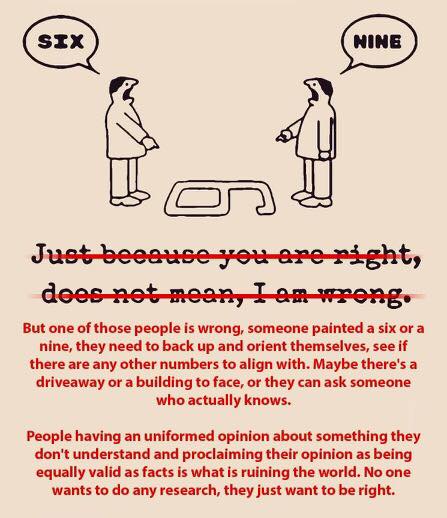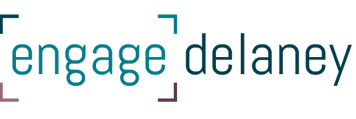Tips for Neutral Communication
In our two previous blogs on communicating in the post-truth era, I focused on how to communicate in emotionally-charged environments and how to communicate to support broader engagement. In this post, I’ll focus on three tips for neutral communication, which, as easy as it sounds, is pretty hard to achieve. The public is skeptical, people strongly hold what they believe is true (even when there is strong evidence to the contrary), and trust in government and science is ever diminishing – this makes neutrality difficult to achieve.

Here are three tips to get your communications closer to neutral:
- Check your own emotions at the door. Is what you are communicating really fact-based? Check your biases, emotions and/or position at the door. It may not be “an exciting opportunity” or it may not be “an important decision” for your stakeholders, so strip your communications down to basics.
- Recognize the emotions of your stakeholders. If your project or engagement has raised, or is likely to raise, strong emotions in your stakeholder community, be upfront about it. “We recognize that the proposed project has raised concerns in the community in the past, and that is why we have created a project office so people can drop in and talk to staff any time.”
- Put data into context. Having loads and loads of studies and reports is not the way to support accessible and neutral communications. People will feel like you’re hiding the truth or, at least, making the truth really difficult to discover. By all means, make studies available, but develop a one-page, fact-based summary and make it widely available.
As you launch your communications plan, be sure to build in evaluation so that you can monitor how successful you are in achieving neutral communications. This might look like a quick online survey, or even just a question that stakeholders are frequently asked, such as: “Did you believe this information was just fact-based? Would you describe it as neutral?”
If your project or engagement matters, it’s never too late to make a course correction.



